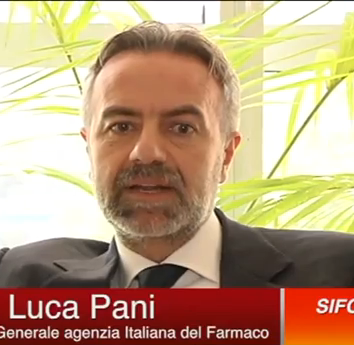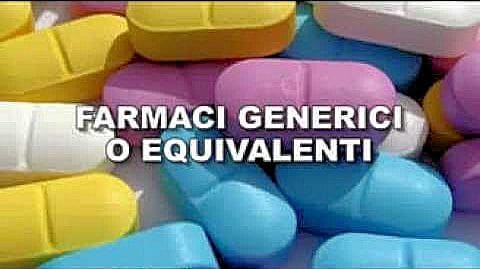
“The equivalent (generic) medicine must be seen” explains the Director General of AIFA, Luca Pani in the preface “like any other medicine, with a view to compliance with the quality, safety and efficacy requirements of which AIFA is the guarantor and as an opportunity to free up economic resources to invest in the entry of new life-saving medicines”.
The publication deals systematically with the topic, starting with a historical excursus on the introduction of generic drugs into the Italian regulatory system, which took place about 20 years ago.
The guide has the intention of dispelling the doubts and perplexities that still persist with respect to this important therapeutic resource and during the reading many of the preconceptions and "false myths" about equivalents are debunked.
The starting point is the definition of the constituent characteristics of an equivalent medicinal product or "a medicine which, in addition to containing in its formulation, the same amount of active principlealso has bioequivalence, demonstrated by appropriate bioavailability studies, with another reference medicine (better known as a 'branded', 'branded' or 'brand' medicine) with patent expired”.
The document clarifies both the process and the requirements necessary to ensure that an equivalent medicinal product is authorized and placed on the market.
Among the focuses contained in "Equivalent Medicines" there are specific ones dedicated to the quality, safety and efficacy requirements of these medicines, which are in all respects identical to those envisaged for the other types.
“Data obtained from established use of the reference medicinal product” adds Luca Pani “over the years, make it possible to outline a more defined risk/benefit profile for this type of medicine than is possible for any new medicine”.
The curiosities relating to the concept of bioequivalence between two medicines are also exhausted, which is, in summary, the demonstration of the therapeutic equivalence between two formulations containing the same active principle.
"Two medicines are bioequivalent" reads the AIFA Guide "when, with the same dose, their concentration profiles in the blood with respect to time are so similar that it is unlikely that they will produce significant differences in the effects of efficacy and safety".
Finally, a section is dedicated to the cost of equivalents, which are at least 20% cheaper than the reference medicines. The document explains that this difference is due to the fact that companies producing equivalents do not have to invest resources in research on the molecule, being the active principle already known, and do not have to conduct either preclinical studies or clinical trials to demonstrate the efficacy and safety of the medicinal product in humans.
Download and consult Medicinali Equivalenti – Qualità, sicurezza ed efficacia
AIFA – Press Release 460 – 21/12/2015
Related news: The EU bans 700 generic medicines produced in India
Asl study: too many generic drugs worsen adherence to therapy
Certain drugs a little too generic
The generic drug: numbers and dimensions September 2015
